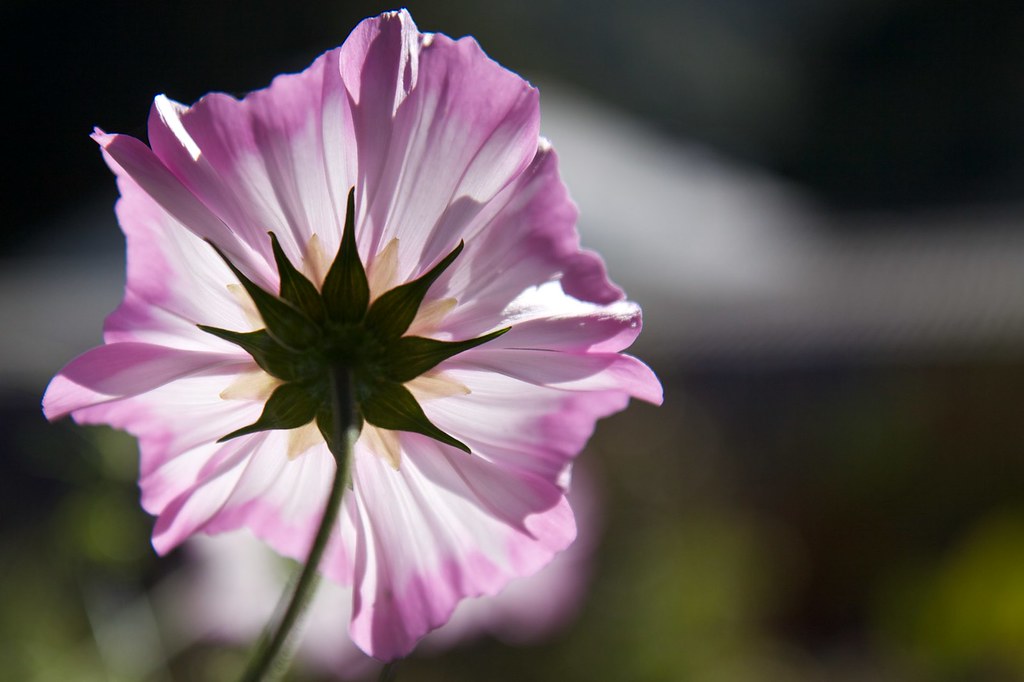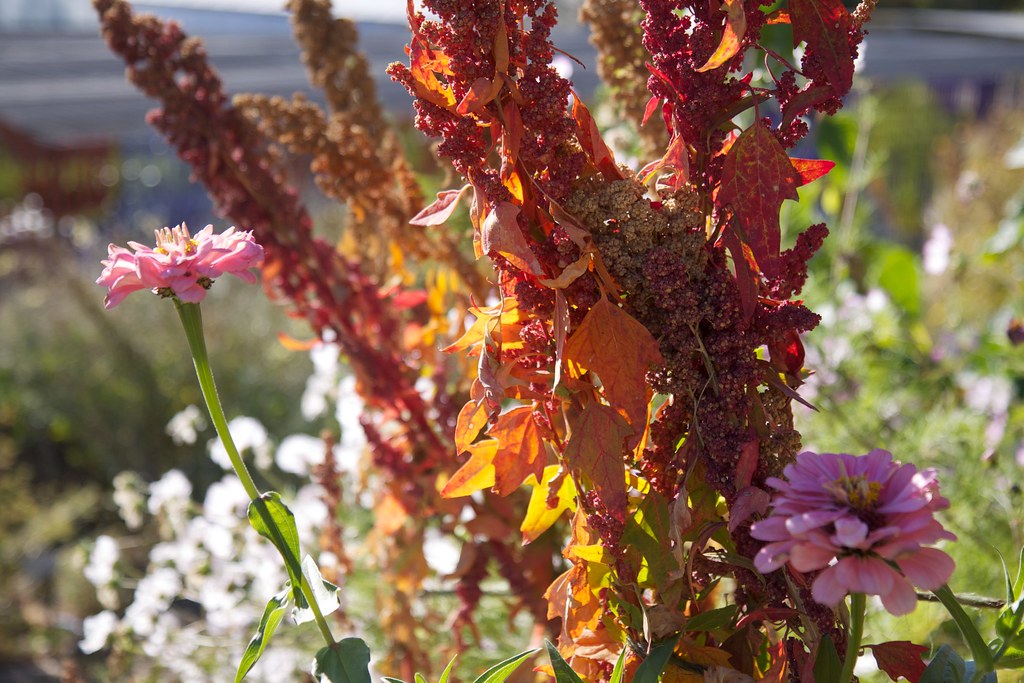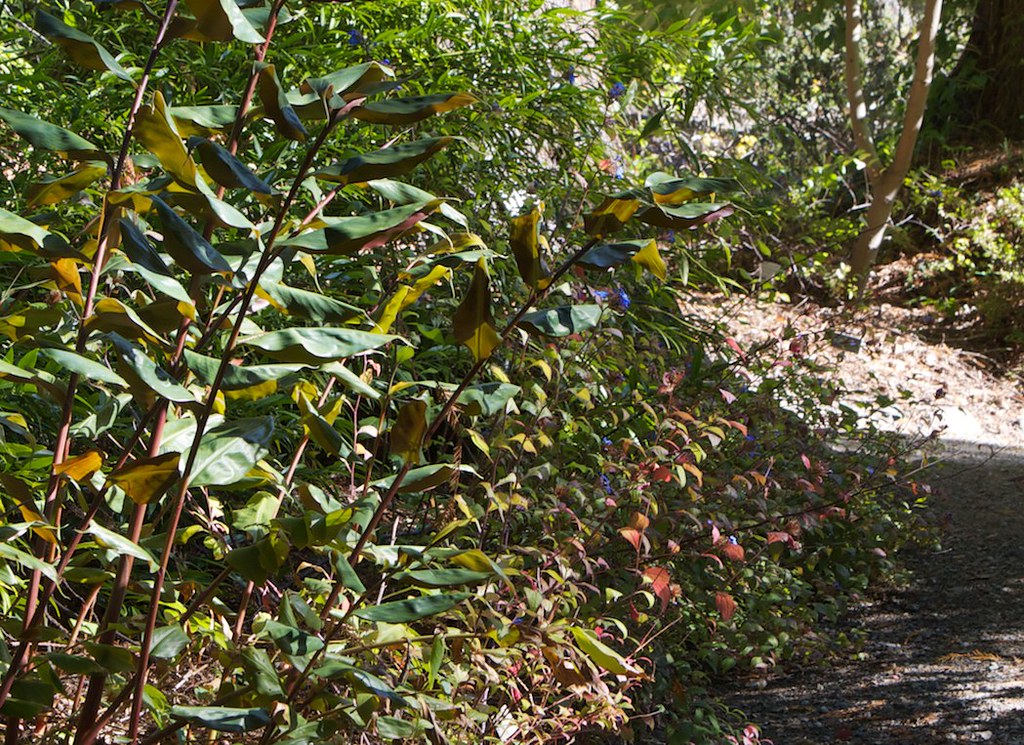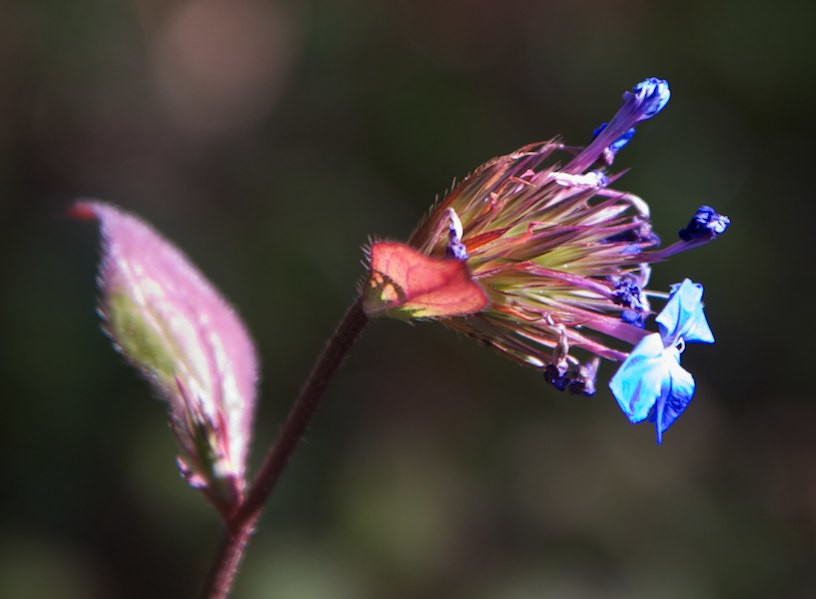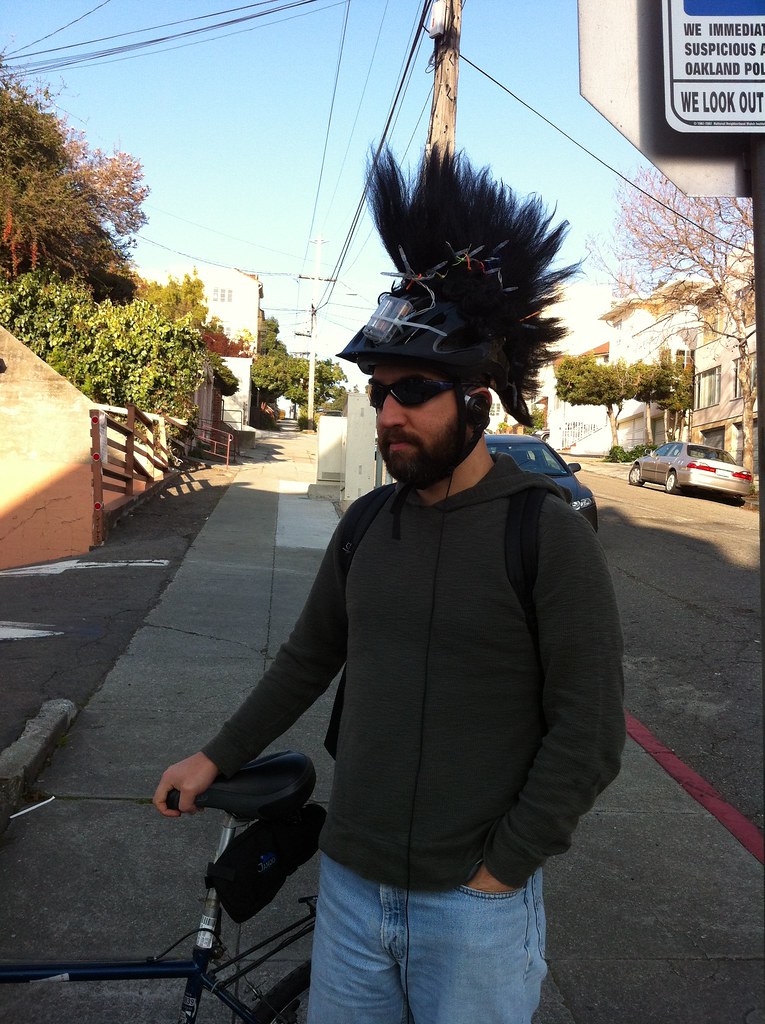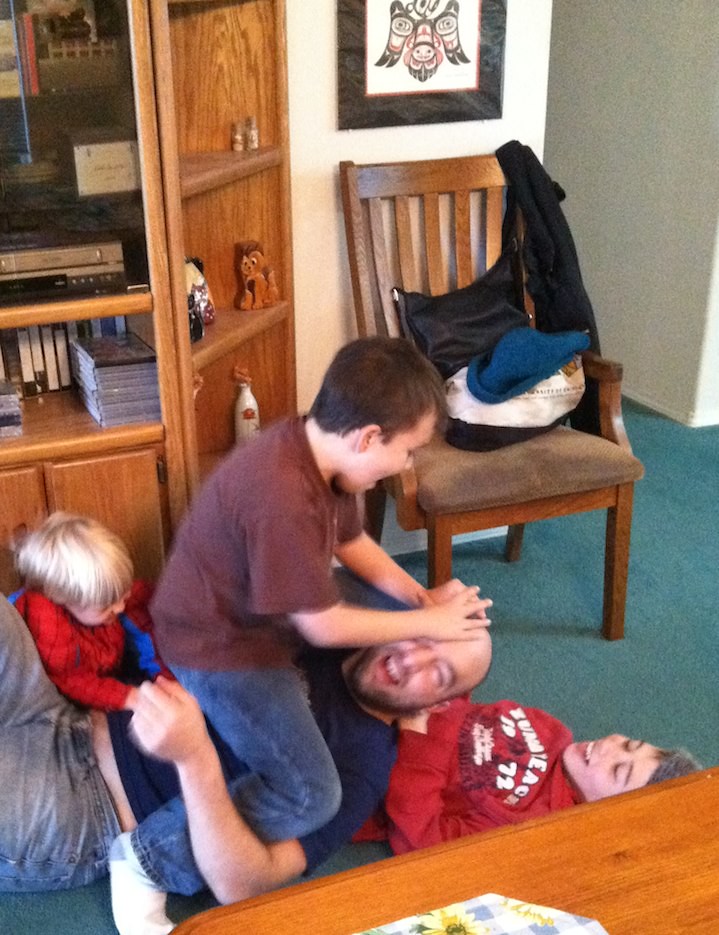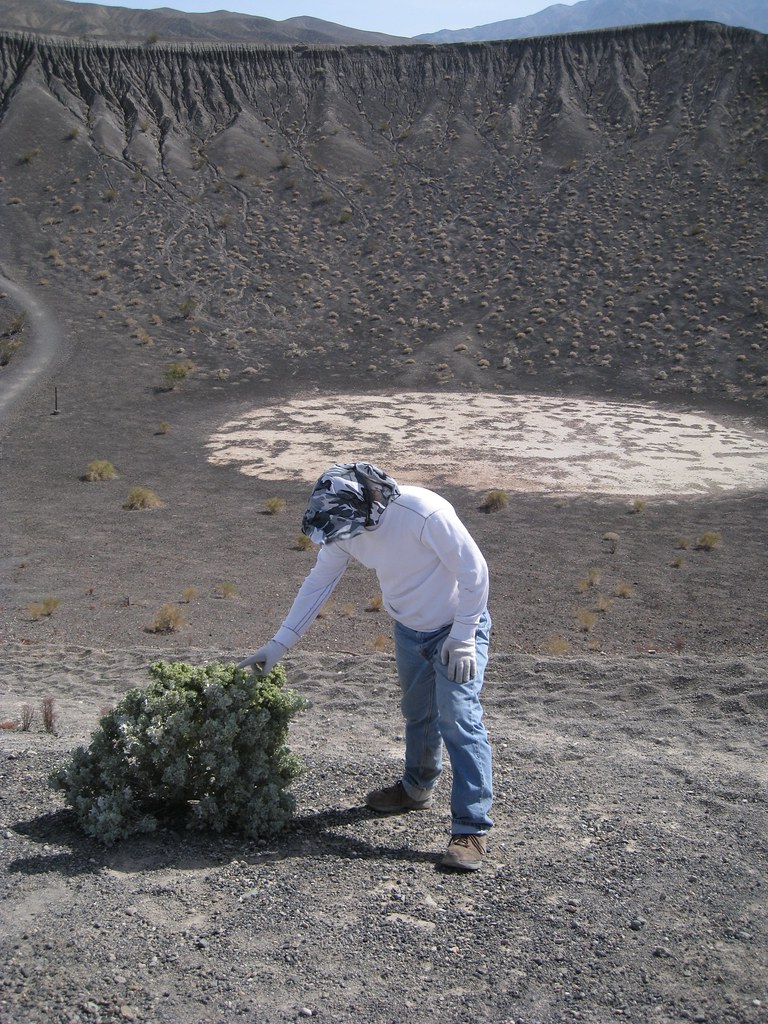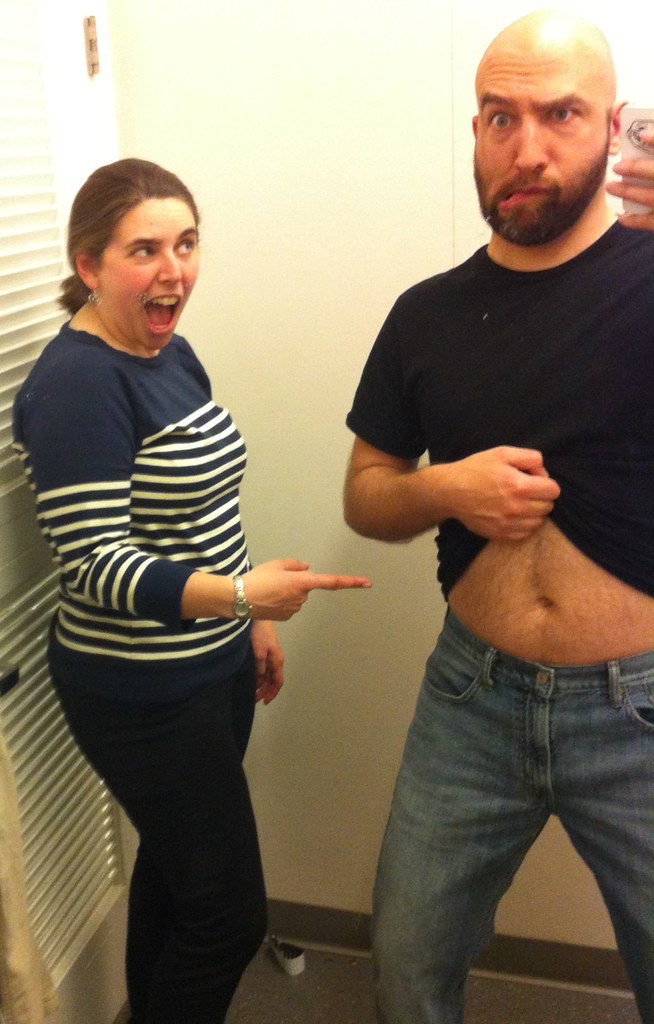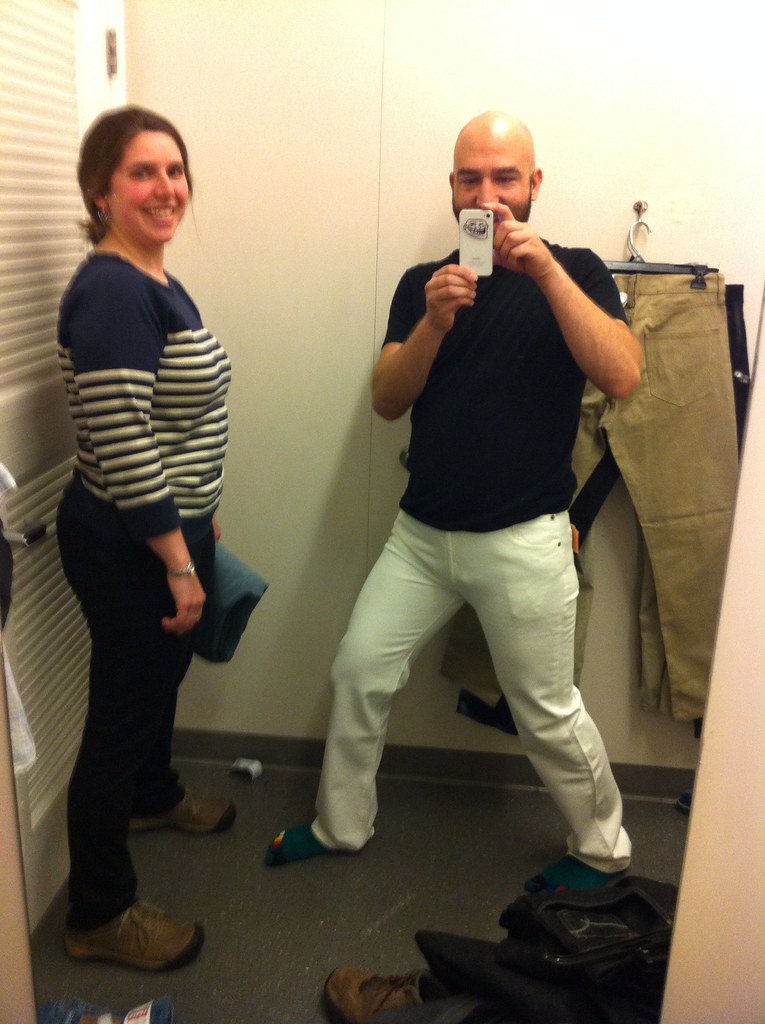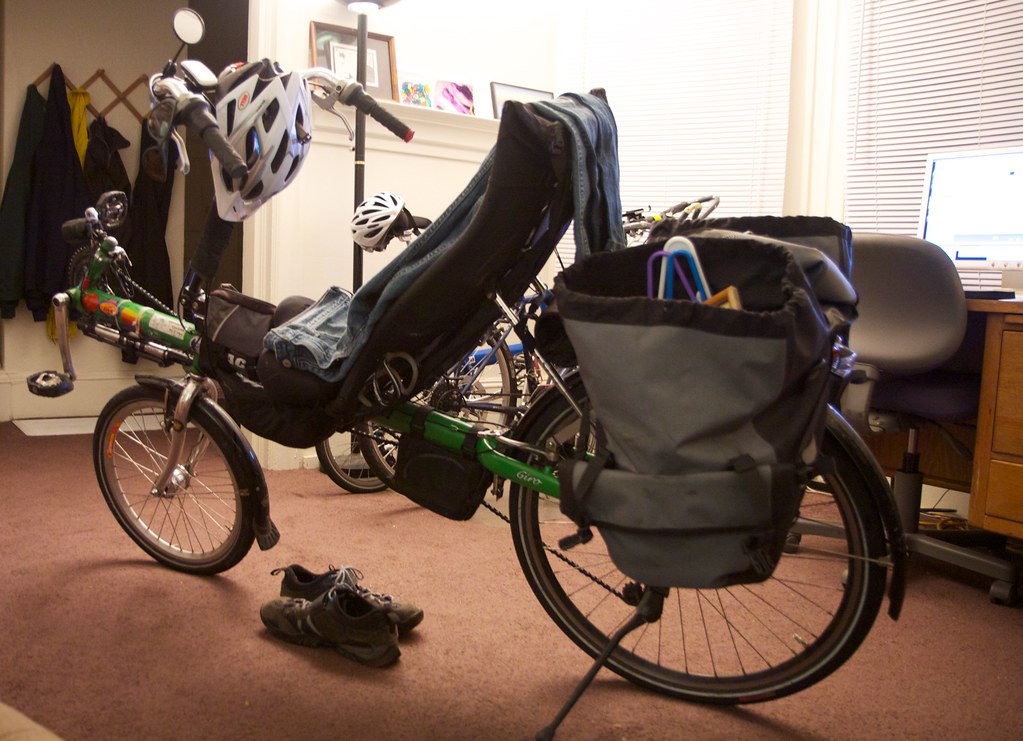Colorado to New York, one year later
Erika asked me recently:
I am interested to know how you feel now, about everything you were riding toward and away from last fall. How did the ride change you, what are your thoughts about the entire adventure now, what have been the long-term effects of the trip, and where are you in your life now? Also – would you do it again?
It’s hard to know where to start in describing this… I’ve been sitting here for almost 20 minutes trying to find an angle on it, and utterly failed. So instead I’m just diving in, saying whatever appears in my mind.
A long solo bike trip is a combination of exposure to strangers and the unknown, and long stretches of peaceful, private time. I remember the trip as much for the books I “read” and the self-absorbed notes I took as for the things I saw and did. New feelings and ideas came from everywhere.
It sits in my mind as a mountain range sits on a landscape, dividing my unhealthy, upset past from my more balanced, secure self. I remember the turns of the pedals and the sweat and the vitamins and all the protein I tried to stuff into myself, and how my body seemed to change shape as the days passed, and how surprised I was that such a change could still happen … That I could, indeed heal. That I could indeed burn off the constant stress and fear and misery, that I could actually come to terms with leaving a job that I had staked all my pride in, not by feeling content with the outcome, but by wringing the feelings out of me, leaving them on the road, expelling them in each breath. By outrunning them, and by staking a new identity in a fresh terrain, with a reclaimed store of energy.
When I arrived in New York I was an almost completely recycled person, seething inside the same skin.
There was still a big problem though: I didn’t have a plan. I finally had a handle on my health, and an idea about where I wanted my career to go, but the sense of clarity that I’d been hoping for in my romantic and emotional life just hadn’t materialized. With so much experience already behind me, what would catch my interest now?
The trip also beat some perspective into me about ambition. My ambition to be a good contributor to the world and to society and community was not, I realized, a typically male motivation in a career. I was not interested in power or rank, not particularly interested in high pay or prestige or appearing authoritative. I also realized that my mode of interacting with people was not typically male either – it spread further across the spectrum. I was interested in cooperation, rapport, empathy, egalitarianism, reassurance. When I combined that with my very strong history of nuts-and-bolts software engineering, it led directly to a key phrase that popped into my head somewhere around Indiana that made everything clear: “I like helping scientists.”
As an aside, it also laid the foundation for another realization that happened post-trip, that was so novel I was shocked that I hadn’t realized it before: Just about every woman I’ve seriously dated or fallen in love with or even had a short fling with, has had a strong bisexual side. I could go right down my dating history from beginning to end, and whenever there was mutual attraction, it was with a woman with some bisexual traits, whether it be a sexual history with women, or an assertive masculinity to her personality. I finally had a pattern to work with that wasn’t based on something so arbitrary as hair color or ethnicity or height. That knowledge enhanced my sense of peace with who I am.
Even now, a year after the trip and all those long thoughtful days, I can still pull fresh ideas from the experience. I also make regular use of the equipment I had to purchase; for example I wore my rain gear three times this week – pants, jacket, and hood – and stayed warm and dry for my daily office commute. Ripples from the event seem to echo perpetually across my life. Sometimes just being out and about on the recumbent will naturally lead back to the trip.
For example I was out earlier today cycling between the UPS store and the office, and I stopped at a red light, and a tall black man with a graying beard, carrying a bag of groceries, ambled over to me from his spot on the crosswalk and gave me a fist-bump, and said, “Nice wheels, man! Where you riding to?”
“This is just how I get to work, nowadays,” I said. “But I did ride it across the country once!”
“Whoah!” he said, and laughed. “Hell yeah, now that is some serious riding!”
Then the light turned green, and we each took off.
Around town, I’m probably known more for the recumbent than for my face. That was true all across the country, and it remains stubbornly true at home. There is an endless supply of people who have never seen a recumbent before. Thankfully their approach is very civil – they don’t see me as some kind of space alien, like people in Missouri did. … And I still remember being stopped by a cop in the middle of an empty Kansas highway just because I was an anomaly and he wanted to – I quote – “make sure I was okay.”
In fact, cycling around Oakland is comfortable in general, and I don’t think I really appreciated that until I rode through a lot of other urban centers. Oakland is very supportive of cycling, and is spending good money to untangle the bike lanes and signals and curbs and increase awareness. Motorists are very forgiving and observant of cyclists, racks are plentiful, and even the school crossing guards will blow their whistles and halt traffic for you if they happen to be around. I recently realized how accustomed I was to this environment when I went on a date with a woman who lived in Santa Cruz.
We were on our bikes, coasting down Piedmont Avenue out of the Mountain View Cemetery, and she said to me, “You know, you just did a bad thing back there.”
“Oh?” I said, stopping at the bottom of hill next to her.
“Yeah, you rolled through that 3-way intersection, right in front of a cop. He looked straight at you. So don’t be surprised if he comes zooming up behind us.”
I stared at her, blankly, for a long moment.
“Ah,” she said, “Right. I forgot, this isn’t Santa Cruz, this is Oakland.”
“Exactly,” I said. “Cops in Oakland have actual things to do.”
A year after the long ride, I’m still fighting the urge to think like a lazy urbanite, and that bothers me. It’s only three miles round-trip to visit the post office, three miles round-trip to the grocery store, four miles to either of the Farmer’s Markets, four miles to work and back. Less than half a mile to eight different restaurants. Even if I hit all those places in one day, it would still be less than a quarter of the typical mileage I covered each day crossing the country. When will I really get the clue? So it’s raining; so what? That’s an extra 15 minutes of prep time, tops, and I never have to worry about the parking lot being full. So it’s blazing hot; so what? Put on shorts and a bandana; stick some iced-tea in the cup holder; off you go. You’ll arrive refreshed and ready.
I’m astounded sometimes when I think about how I owned a bike for almost 15 years and saw it mostly as a toy.
Now it’s also a serious implement, an essential part of my health, a cost-saving device, a wellspring of stories and conversations and community involvement, and the best choice – unequivocally the best – for exploring new parts of the civilized world. If there’s one thing the cross-country trip convinced me of, it’s that.
So. Would I do it again?
Yes; hell yes. I would leave tomorrow if I had the chance. All the gear I need is here, arranged around me in the living room as I write this. It would take me less than a day to tune up the bicycle and load it for bear, and then I could throw together a plan to feed the cat, lock the door, put my foot on the pedal at the edge of the sidewalk, and be gone.
Perhaps I’d ride north, then pull a gigantic S-curve across the entire USA, ending up in Boston or Maryland, and by the time I got there I’d have a berth on a container ship reserved, or my carrier box shipped out so I could stuff the bike inside. Then perhaps I’d keep going. I would arrive in Spain in late winter, then do another S-curve through Europe, ending up at the edge of Italy in the fall, where a ferryboat can bear me across to the east edge of the Mediterranean, and Turkey. From there … Russia, China … who knows?
But that’s probably not the way it will happen, if it does happen, because of the lesson I learned on this last trip: I can only be rootless for so long. It’s most likely that after reaching the Atlantic, I’d actually be impatient to get home, and work and build and write and hang out with friends. Then perhaps I’d consider picking up the trip where I left off.
And that also connects with my immediate situation: If I can leave tomorrow – quit my job and housing search, and take off – then why don’t I do just that? What’s stopping me?
Essentially, a feeling that what I need next, what I’m looking for, is not out there over the horizon, but is closer at hand. It’s here, somewhere. In this architecture, on these streets, in the market stalls, in the minds of the people I talk to at work, and at restaurants and concerts and rallies. It’s here, I’m almost totally certain. And I’m just as certain that something isn’t quite aligned correctly in my everyday life for me to pick up the scent of it. That’s where I’m at in the day-to-day, now. Something is not quite adjusted right, but I’m narrowing it down, checking old items off the to-do list, tweaking the sails to catch a new angle in the wind and bring it to my face. What is it! What is this thing!!!
Let’s find out.



